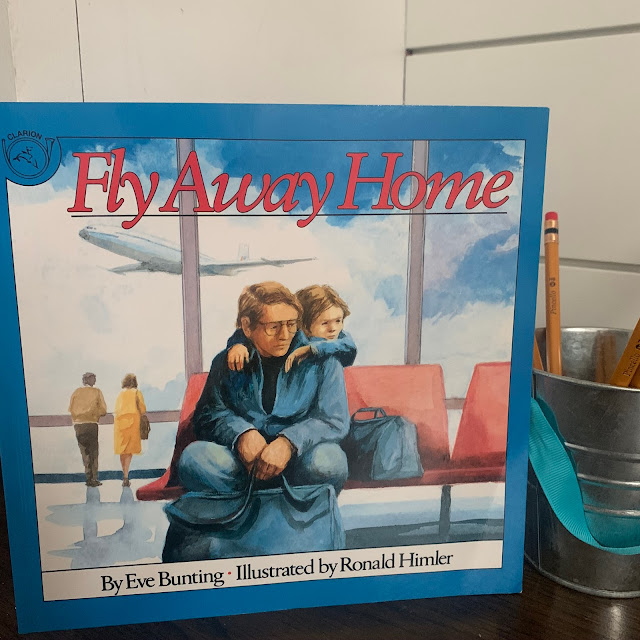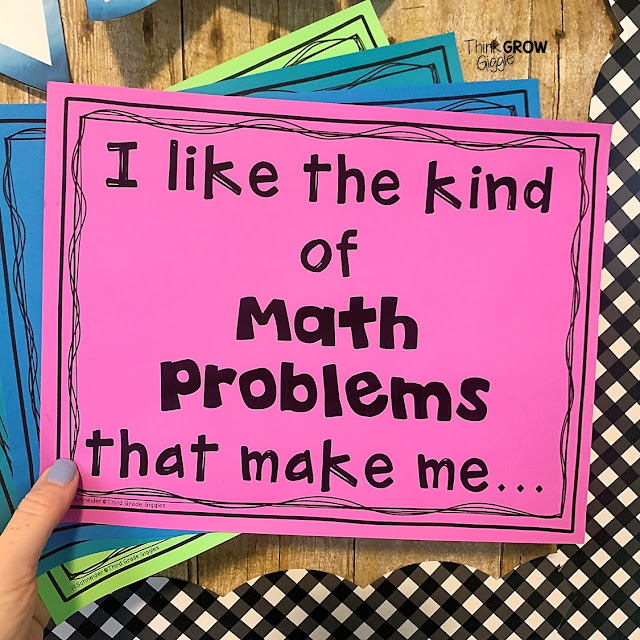Last year at this time, the last thing on my mind was digital resources. I love using Google Classroom™ and technology in my classroom, but creating an endless supply of digital resources to cover all of content objectives that needed to be taught was just not on my radar.
This year, however, digital resources are a must!
Whether you are teaching in the classroom with social distancing, remotely, or using a hybrid approach, students will need to be able to learn through the use of digital resources. This year, it is a focus.
Being consistent with instruction and expectations is key to helping students shift from in-school learning to at-home remote learning and anything in between!
That means that the digital resources you use should be engaging, interactive, easy to use, and work for multiple standards.
Here are a few of my favorite digital resources that can be used all year long and help students to continue to learn seamlessly as they shift between different structures and ways of learning.
Reading Tasks for ANY Book
I also love this digital reading strategy practice activity pack. They keep the consistency going as they align with the reading strategy expectations that we use in class during reading workshop. Since there are anchor charts included they help students apply what we do in class to reading any time, anywhere, with any book! Grab free digital reading activities with the link at the bottom of this post.
Writing Choice Boards
These Tic Tac Write choice boards are a great way to have students meet both reading and writing standards at the same time! Yes, at the same time. These response to literature questions hit narrative, opinion, and persuasive writing standards as students read ANY fiction or nonfiction book. Plus, it is a fun twist on choice boards since these require students to respond to any three prompts in a row, allowing students to choose, but still hit all the standards needed!
I also love to use monthly seasonal choice boards to help students master narrative, opinion, and expository writing. I love bringing the seasons into the classroom and my students love to respond to these seasonal prompts. Plus this set includes modeled writing so when they are away from the classroom, they can refer to the included anchor charts and modeled writing as a refresher of everything they learned during writing workshop.
Math Problem Solving
These interactive mathematical problems reinforce students' math problem solving, reading, writing, and debating skills. Students also use their error analysis skills to solve a problem to see if they agree or disagree with the solution presented to them. My students love the paper version of these problems, so it was natural to move them to digital Google Slides™.
With interactive parts and spaces for students to defend and explain their mathematical thinking, these are perfect for all year long! Bonus they align to every standard for grades 2, 3, 4, and 5. Grab a free digital sample of these activities for grades 3, 4, and 5 with the links at the bottom of this post.
Classroom Community Building
These digital monthly letter writing activities are a great way to kick off your classroom community at the beginning of the year and maintain it all year long. To build ongoing classroom community students write positive and uplifting friendly letters to other students each month. this activity is a fun way to build student self-esteem and classroom community at the same time. Added bonus: students practice communication, writing, and interpersonal skills at the same time!
No matter what your school year looks like, make sure that you are engaging students with interactive digital resources that are easy to use. That way if you need to shift into a new learning format, your students can seamlessly continue to learn at any point during the year.
New to digital resources?
Grab these FREE digital activities and try them out!
- Reading Passage and Comprehension Activities
- Science Informational Text Close Reading Passage and Activities
- Grade 3 Math Problem Solving
- Grade 4 Math Problem Solving
- Grade 5 Math Problem Solving















































